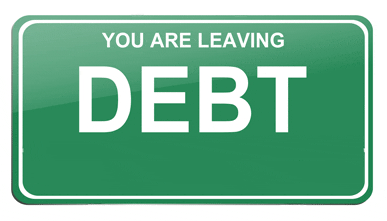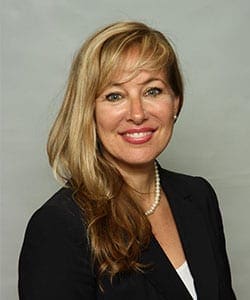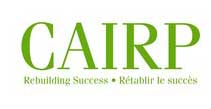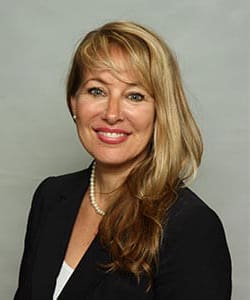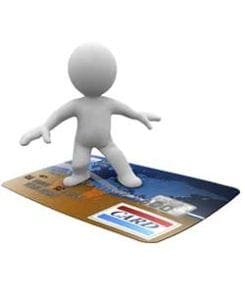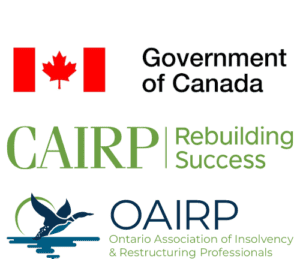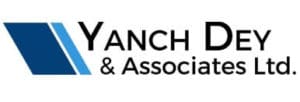- Unsecured debt is not backed by an asset.
- If you stop paying a credit card, for example, the lender cannot take property from you.
- Secured debt, such as a mortgage or car loan, is attached to an asset.
- If you fall behind, the creditor can take the asset back.
A consumer proposal deals with unsecured debt only, which is why so many people qualify.
Types of Unsecured Debt You Can Include
Unsecured debt in a consumer proposal includes many of the balances that cause the most financial stress. This typically covers:
- Credit cards and store cards
- Lines of credit and overdrafts
- Payday loans and online instalment loans
- Bank loans without collateral
- Tax balances, interest, and penalties
- Collection agency accounts
- Old student loans (over seven years)
These debts can all be rolled into one reduced, interest-free payment. Our trustees review each account to ensure nothing is missed and every eligible creditor is listed.
Why Unsecured Debt Is Easier to Reduce
Creditors accept reduced repayment on unsecured debt because they have no asset to repossess. A consumer proposal gives them a structured, reasonable repayment plan—often 70% lower than the original debt.
This makes it more attractive than bankruptcy for creditors and more affordable for you.
What Happens to Secured Debt
Secured debt usually stays outside the proposal as long as you want to keep the asset.
You can maintain your mortgage, car loan, or secured line of credit while your unsecured debts are reduced.
The trustees at Yanch Dey explain how both types of debt work together so you have a full picture of your finances.
How Unsecured Debt Gets Frozen
Once the proposal is filed, all unsecured debts are frozen immediately. Creditors must stop:
- Charging interest or penalties
- Contacting you for payment
- Sending your file to collections
- Starting or continuing lawsuits
This freeze is part of the legal stay of proceedings, and it remains in effect until the proposal is fully completed.
Why This Matters for Your Fresh Start
Many people carry several forms of unsecured debt.
These debts usually have high interest, aggressive collection practices, and no clear end date.
By reducing and freezing them through a consumer proposal, you clear the path toward rebuilding your finances without losing your home, car, or savings.


